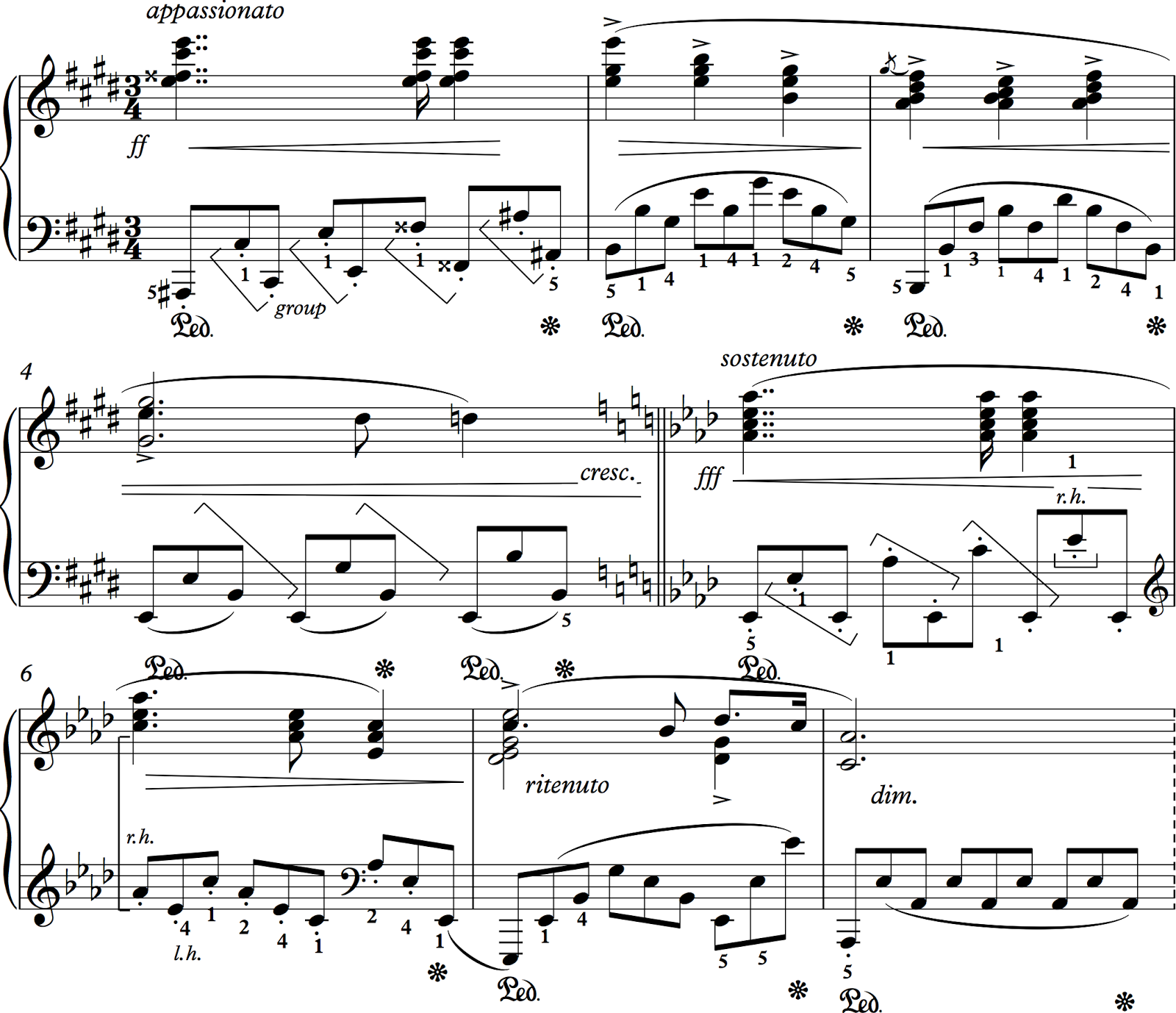I once remarked in a piano forum that it was impossible to play the piano without using forearm rotation. It seemed to me to be a statement of the obvious, and I expected responses along the lines of "duh." Well, to my surprise and dismay, a rather accomplished pianist (and teacher!) chimed in "you've been brainwashed," and stated that it is in fact quite possible to play the piano without using the forearm.
Setting aside for a moment the absurd notion that the forearm is not attached to the hand and not part of the playing apparatus, I suggested an experiment. Drop your arm to your side, I said. (Presumably the forearm and fingers would join in the gesture.) Now do only one thing: raise the apparatus up from the elbow. No, just raise the arm and do nothing else. I call this the karate-chop position. I challenge you to play the piano in that position.
Well, there was agreement that it would in fact be necessary to turn—rotate— the hand toward the thumb in order to actually land on the keys in, say, a five-finger position. As we play, I continued, the forearm remains active in various ways, both obvious and so subtle as to be virtually invisible. Understanding how it aids in effortless virtuosity is at the core of our study. All of this, of course, would be too detailed for discussion in the forum. However, you, gentle reader, have the option of clicking on the tab iDemos at the top of the page. You could also have a look at "Piano Technique Demystified: Insights into Problem Solving." (I know, a shameless plug.)

























